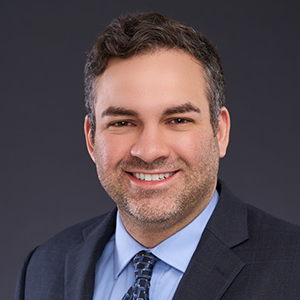
Coming home to build on a science network
As the son of a chemist, Erick Strauss was inspired to become a scientist, but when he graduated from the University of Pretoria in 1997, his chosen field of chemical biology was just emerging in South Africa. So the next year, he boarded a plane bound for JFK International Airport and navigated his way to Ithaca, New York, to attend Cornell University, where he pursued his doctorate in chemistry and chemical biology studying coenzyme A biosynthesis.
The trip from Pretoria took more than 36 hours, Strauss recalls, and he needed to take both a bus and a taxi to get from JFK to Ithaca. That harrowing journey was his first visit to the United States. More than 20 years later, he tells the story of this adventure to encourage his students and trainees to be bold and embrace the adventure of studying science.
After graduating from Cornell with his Ph.D. in 2003, Strauss was looking for a postdoctoral fellowship when a faculty position opened in the Department of Chemistry and Polymer Science at Stellenbosch University, a leading bioscience research institution in South Africa. He applied, and within a few months, he was establishing his independent research program in chemical biology as an assistant professor.
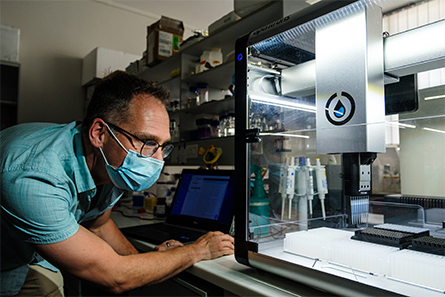
After five years, he moved to the biochemistry department at Stellenbosch as an associate professor, another five years later he was promoted to professor, and this year he was named chair of the department.
Strauss’ work has received over 2,200 citations, and three of his top 10 most cited works were published in the Journal of Biological Chemistry (148, 122 and 80 citations). “My very first publication as an independent researcher was an Accelerated Publication in JBC, co-authored with my first grad student,” he said. “I was very proud of that achievement.”
Administrators at Stellenbosch must have been proud too — they offered him that job.
“At the time, Stellenbosch was on a drive to deepen its research footprint by recruiting faculty with international experience who could contribute to that project and broaden the scope of the work being done there,” Strauss said. “I felt that I could have a larger impact coming back to South Africa and using my network to play my role in that project by creating opportunities for my students to attend international conferences and to visit other research groups as part of bilateral exchange programs.”
This vision has allowed his students to travel to labs in the U.S., Spain, Italy, Australia, the Netherlands and India.
Over the years, Strauss has worked to enhance the scientific network and biochemical training in South Africa. Recently, two postdoctoral fellows from his laboratory participated in the Synchrotron Techniques for African Research and Technology program funded by the United Kingdom’s Grand Challenges Research Fund. The START program, as it’s called, provided protein crystallography training at Diamond Light Source, or DLS, the United Kingdom’s synchrotron facility in Oxfordshire, and streamlined participants’ access to DLS as part of an initiative to grow the community of synchrotron researchers in Africa.
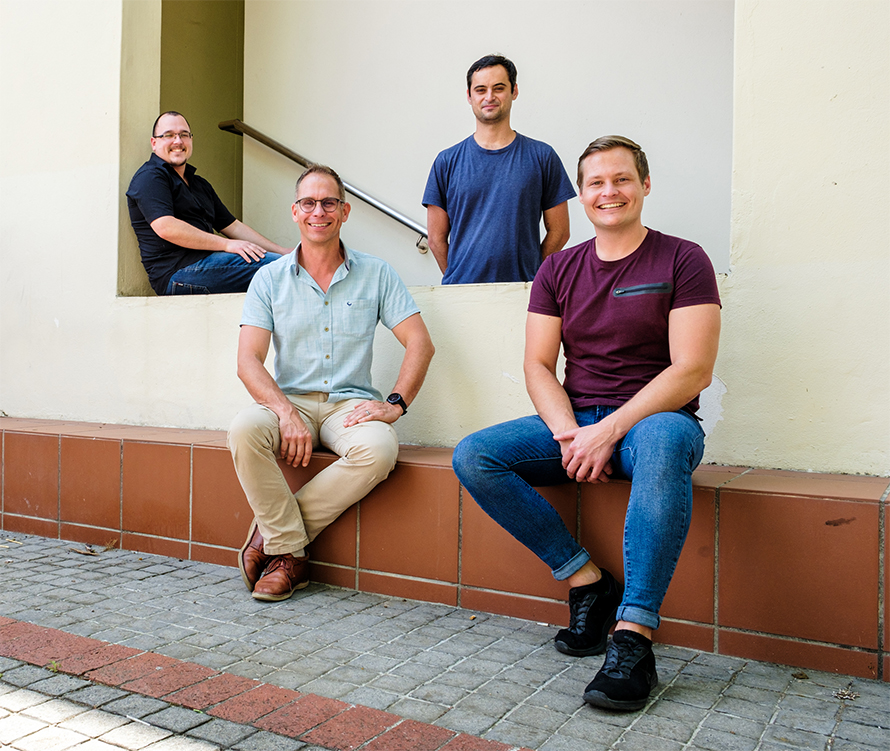
Strauss himself participates in XChem, a DLS-based facility that enables drug discovery by using high-throughput crystallography to screen chemical fragments for binders that can be developed into inhibitor leads. As a result of this work, he received a 2021 Grand Challenge Africa research grant that enabled the purchase of a pipetting robot operated on open-source principles.
Strauss aspires to combine high-end instrumentation and expertise bridging structural and chemical biology to provide trainees in South Africa and other African countries with access to up-to-date drug discovery research.
“We see how talent moves from one side of the world to the other, and as avenues open for more global participation, we are eager to see how our burgeoning talent pool impacts the international research scene,” he said.
“Africa also offers many other opportunities — clinical studies in groups that have largely been underrepresented, and natural product collections that still remain unexplored — that, with greater visibility, will attract more international collaborative interest. South Africa is positioned to lead those efforts.”
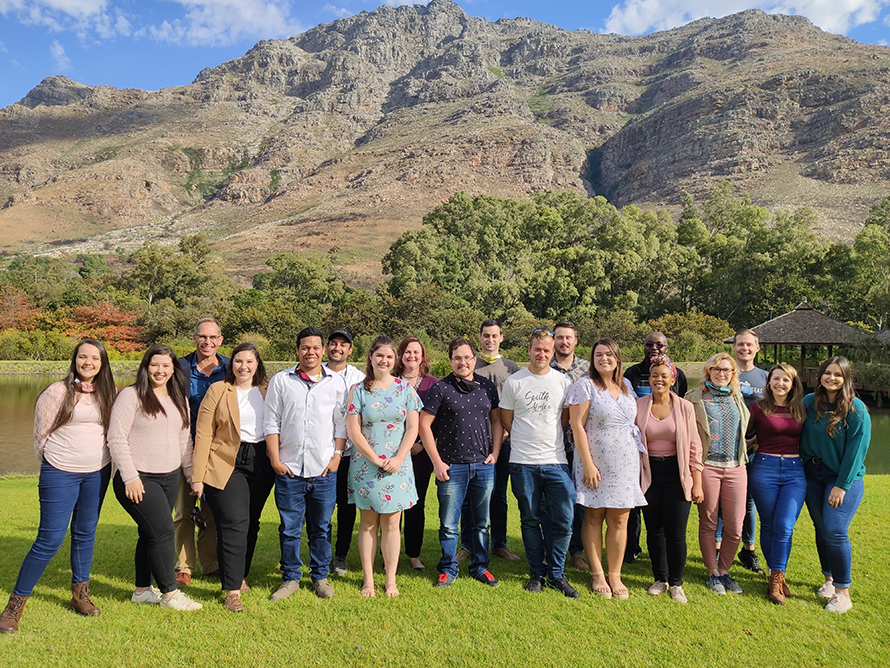
Enjoy reading ASBMB Today?
Become a member to receive the print edition monthly and the digital edition weekly.
Learn moreFeatured jobs
from the ASBMB career center
Get the latest from ASBMB Today
Enter your email address, and we’ll send you a weekly email with recent articles, interviews and more.
Latest in People
People highlights or most popular articles

Honors for Shan, Landick and Bankston
Awards, promotions, milestones and more. Find out what's going on the lives of ASBMB members.

In memoriam: Ulrich auf dem Keller
A professor at the Technical University of Denmark, he was a leader in wound healing research and mass spectrometry-based proteomics technology.
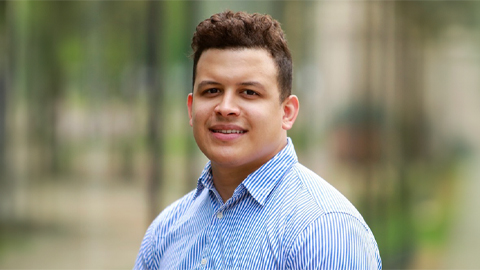
MOSAIC scholar explores enzymes
Organic chemist Edwin Alfonzo's scientific journey took an unexpected turn when he discovered the world of enzymes.
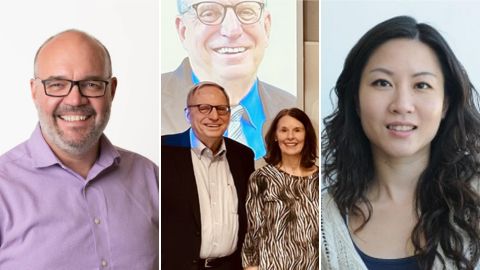
Honors for Wright, Chiu and Flanegan
Awards, promotions milestones and more. Find out what's going on in the lives of ASBMB members.
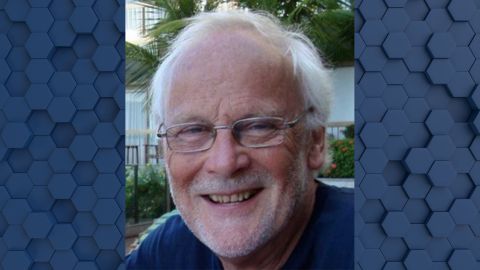
In memoriam: Michael Waterfield
He was a British biochemist and a pioneer in the cancer research field who opened a proteomics lab at University College London.
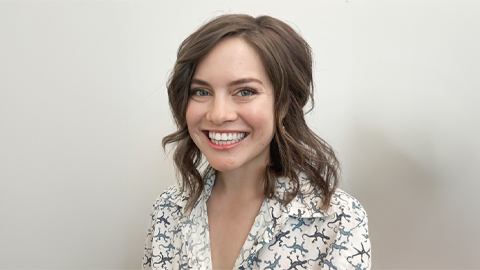
Bakers and mentors help a MOSAIC scholar change her life
Joanna-Lynn Borgogna studies the vaginal microbiome, the metabolome and the development of gynecological disorders in reproductive-aged women.

